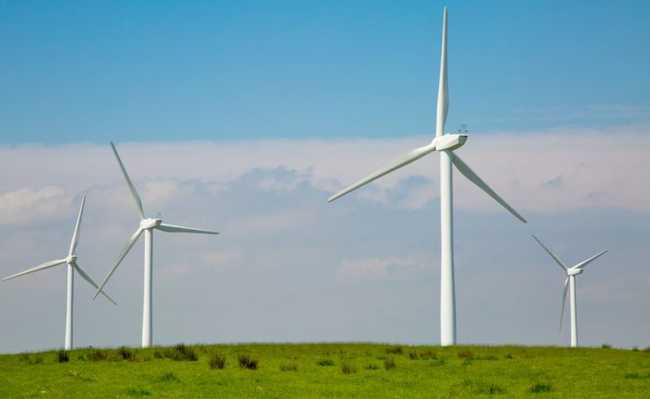Thermal pollution: what it is and what are its risks
Thermal pollution is a risk to ecosystems and can affect species

Nuclear power plants release water vapors that can kill birds. Viktor Kiryanov image on Unsplash
Thermal pollution is little known for not being easily observable (it is not visible or audible), but its impact is considerable. It occurs when the temperature of a support medium of some aquatic ecosystem (such as a river, for example) is increased or decreased, causing a direct impact on the population of that ecosystem. Thermal air pollution, although less common, can also cause environmental damage. The release of water vapor by an industry in an area with little air dispersion is an example of thermal air pollution and can kill birds, insects and plants.
Main causes of thermal pollution
Use of water for cooling in industry
Industries and power plants are major sources of thermal pollution. They take water from a natural source to cool the machinery or use it in the production process, returning it later at a higher temperature.
Logging
Trees and plants prevent sunlight from directly reaching lakes and rivers. When deforestation occurs, these water bodies are exposed to sunlight, absorbing more heat - which increases the temperature.
- Deforestation in the Amazon makes stream fish “slimming”
Soil erosion
Soil erosion makes water bodies more exposed - and then sunlight strikes again.
paved surfaces
Water that seeps into water bodies from paved surfaces such as roads and parking lots, especially in summer, can raise the overall water temperature, generating thermal pollution .
Natural causes
Volcanic eruptions, geothermal activity and lightning are natural sources of thermal pollution as they can cause changes in water temperature.
Effects of thermal pollution
This type of pollution has several negative effects on the ecosystem. Between them:
Decrease in oxygen levels in water
One of the consequences of thermal pollution is the decrease in the solubility of oxygen (O2) in water, which makes the gas easier to diffuse into the atmosphere, reducing its availability in water. This decrease can cause suffocation of aquatic plants and animals. The increase in temperature can cause algae to grow on the water's surface, reducing oxygen levels in the water from your plant respiration. Furthermore, the decomposition of organic matter and the metabolism of animals occurs more quickly, which requires more oxygen consumption from the aquatic environment.
loss of biodiversity
Changes in temperature in the environment can cause certain species to move to another environment, while other species can move to a warmer environment. Organisms that adapt more easily have an advantage over those that are not adapted to warmer temperatures.
ecological impact
A thermal shock in water can result in the immediate death of many fish, plants, insects and amphibians. Warmer waters may be favorable for some species, while lethal for others. Some stenothermic species, that is, those that do not tolerate large variations in temperature, such as salmon and trout, can lead to changes in their organism and metabolism and even to the death of these animals.
Reproduction changes
The increase in temperature caused by thermal pollution affects the reproduction of marine animals, causing the release of immature eggs or preventing the normal development of certain eggs. Decreasing the temperature does not allow reproduction to occur.
Disease increase
Without facing adverse or unfavorable thermal conditions, fish parasites manage to survive and transmit diseases more easily.
Increased Metabolism Rate
Thermal pollution causes changes in metabolism, causing organisms to consume more food. This unbalances the stability of the food chain and the balance of species in the place.
Even with all these negative effects on the ecosystem, human needs still end up being put first. In order to control thermal pollution, government regulations and measures are created to ensure that industries use water correctly, returning it properly.
A solution for this is the treatment or storage of water and air before being released back into the environment, so that they return to a temperature close to that of the dumped environment. However, many industries do not have measures to control thermal pollution as it is an investment considered “unnecessary”.










